Dilithium
Janet Kuypers
(Bonus poem from the “Periodic Table of Poetry” series,
molecule Li2) based on the Periodic Table element #3, Lithium
12/24/13
It’s Christmas Eve,
and the Science Fiction channel
had a Star Trek movie marathon on.
Yeah, I watched some of
Star Trek: Nemesis,
and I heard once again
their talks about Dilithium,
an extremely hard
crystalline mineral...
You see, they use Dilithium crystals
to stop reactions with antimatter,
so they use Dilithium shields...
And yeah, maybe it was Star Trek,
but think about it:
in Star Trek, streams
of matter and antimatter
are directed into Dilithium
to heat up the excess deuterium gas,
giving them a plasma
that actually powers their warp drives.
Kind of cool if that worked
in the real world...
But think of what is cool about Star Trek:
they use names of places
on planets in the Solar System
(like Utopic Palenetia, near Mars’ north pole)
when describing the creation
of the Enterprise D,
they’ll take a common molecule
formed in the creation of our Universe
and use it in their reactions
(that seem impossible to us scientists
in the real world)
and pull off seemingly impossible feats
in their science fiction.
So I had to check it out:
I knew a thing or two about lithium,
but is Dilithium actually real?
Well, yeah everyone, it is,
and Dilithium is Li2,
meaning that two lithium atoms
bonded together,
and that lower-case “i” in there
means it’s in a gas form.
But the cool thing
(scientifically)
Is that since lithium is #3
in the Periodic Table, that makes
Dilithium the lightest stable
neutral homonuclear diatomic
molecule after H2 (deuterium,
which was made along with hydrogen
in the initial minutes after
the Big Bang).
Because in the scientific world,
they find a ton of value
in the study of this molecule,
probably much in the same way
they need it so desperately
in Star Trek to pull off warp drive.
And you may think I’m kidding,
but researchers are working on
a fusion impulse engine
that runs on real “Dilithium crystals”
to cut the travel time to Mars
from six months to just six weeks.
The fusion fuel they’re focusing on
combines Dilithium and deuterium
(is this sounding familiar?).
Because the one thing I have noticed
is that scientists often reflect
on their science fiction loves,
they try to emulate those stories
and re-create what their iconic
writers and directors first envisioned.
So, when you look
at all the technology
from the science gadgets
we have around us today,
you can thank the scientists
and engineers,
but sometimes you can also thank
the writers who planted the seeds
of what we have today
in the heads of the scientific world.
Because maybe we can’t beam anyone up
and molecularly disassemble ourselves
for reassembly somewhere else,
but maybe the original Star Trek communicator
was the prelude to the cell phone,
and maybe science fiction’s thoughts
on Dilithium crystals forming warp drive
can lead us into deep space ourselves.
Because really, we’d all love Dilithium
if it will help us embrace
our race
into space:
the final frontier.
| 

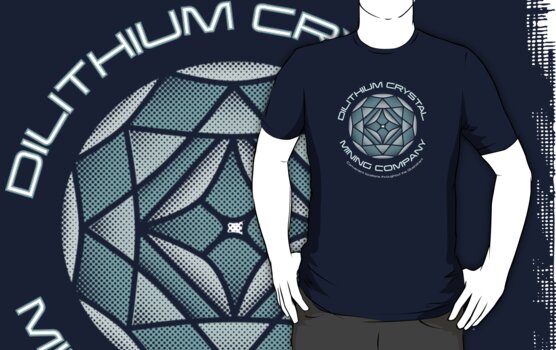

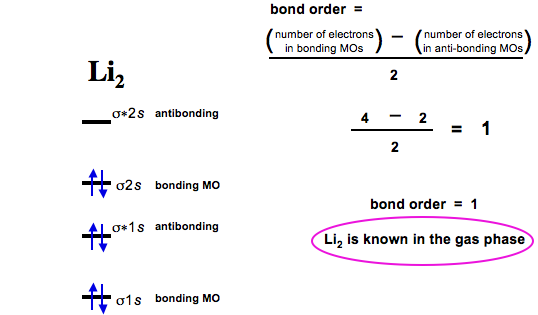
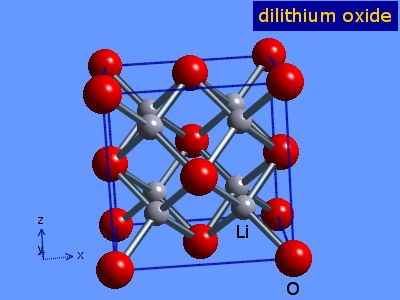
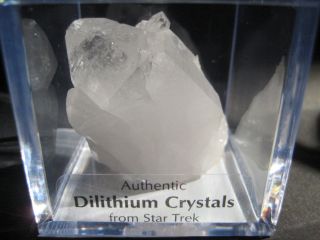
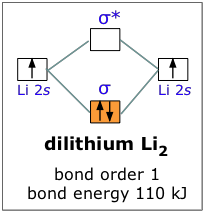



![]()

![]()
![]()
![]()
![]()
![]()
![]()
![]()
![]()
![]()
![]()
![]()
![]()
![]()
![]()

![]()


